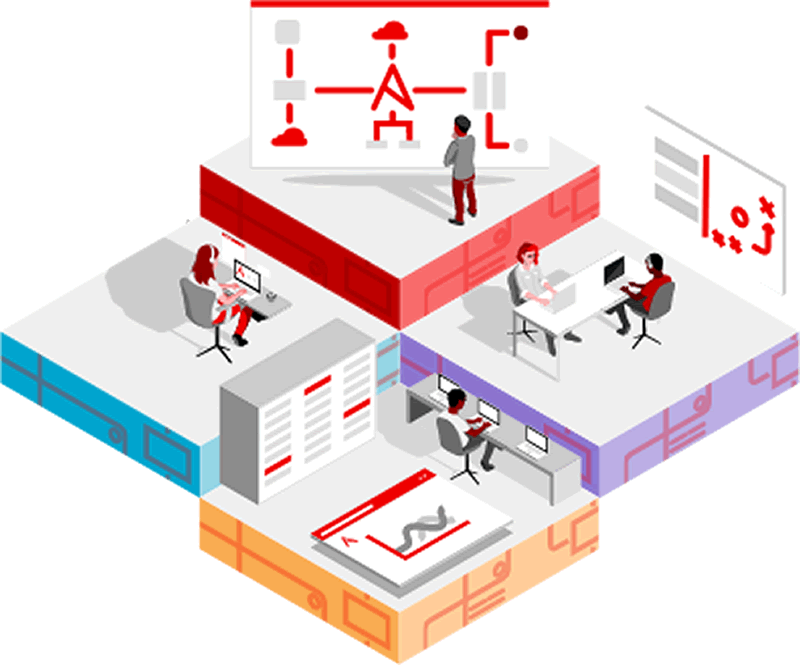Applications that reduce the human requirement and can be used in nearly any sector are automation software.
Automation software’s most fundamental function is to create automated actions out of recurring, routine processes. It is utilized, among other things, in business process management (BPM) and robotic process automation (RPA).
Process automation is the following level up. Process automation is the management of company processes through automation software. Simple, repetitive procedures are streamlined, and with a few simple keystrokes, numerous related business processes can be combined into a single action. Increased productivity and efficiency are two well-known advantages of process automation, which transfers the grunt work to computers for tasks like process mining. The human workforce is therefore freed up to produce more in ways that depend on human reasoning, creativity, and decision-making.
Automation software has advanced to include integration automation. These software bots—also referred to be “digital workers”—can be “trained” using recorded operations. A process almost never needs human involvement once it is established. A workforce that combines humans and robots can include digital workers.
Artificial intelligence (AI) automation is the last stage of automation software. The enhanced functionality of AI allows automation software to do jobs more effectively by drawing on prior knowledge. AI-based chatbots are one illustration. A software bot with AI capabilities, as opposed to traditional chatbots, can employ natural language processing (NLP) to comprehend what a user is asking and provide insightful answers.
There are many degrees among these four categories of automation software. For instance, business process automation is possible with a certain level of AI and machine learning. This enables the application to examine your company’s business procedures and identify other time-consuming operations that could be improved.
What can automation software do for me?
A set of “automation tools” to speed up your business processes is not all that automation software is. Whether you use basic automation, intelligent automation, or anything in between, there are many clear and immediate advantages to automation. It’s a clear “next step” in the imperative of business digital transformation.
Who is using automation software?
Almost every industry can benefit from automation. It can be tailored to work with Ubuntu, Linux, or CentOS as well as Microsoft operating systems.
Use cases abound due to its adaptability. Automation is integrated into companies’ customer relationship management (CRM) software, and banks use optical character recognition (OCR) in their ATMs and financial operations.
How can I get started with automation software?
Decide what you want to accomplish as your first step. Are you seeking for a more reliable solution or do you wish to automate straightforward business processes?
It’s also critical to consider who will be utilizing the program. It will require greater flexibility the more users there are. Is it intended solely for the human resources division, or do you anticipate that sales and marketing will also use it?
Third, think about any regulations and requirements that are particular to your industry that you would need to be aware of. For instance, the GDBR policy requires consent before sharing patient information. These laws must be able to be followed by your automation software.
Explore additional resources
We are empowering innovation, building from the ground up, and turning your vision into reality:




